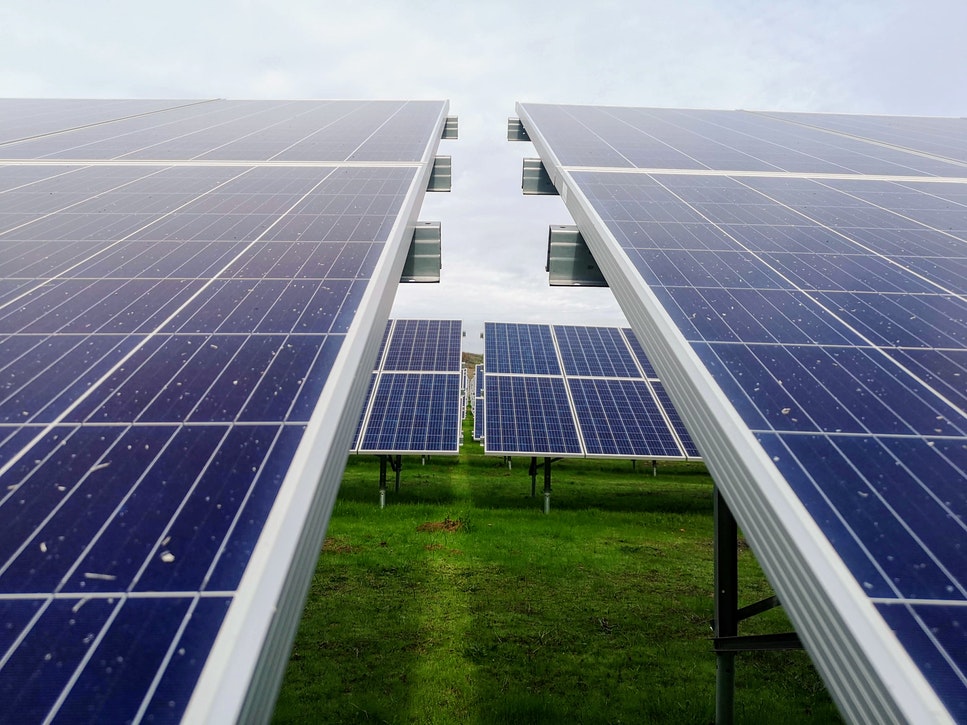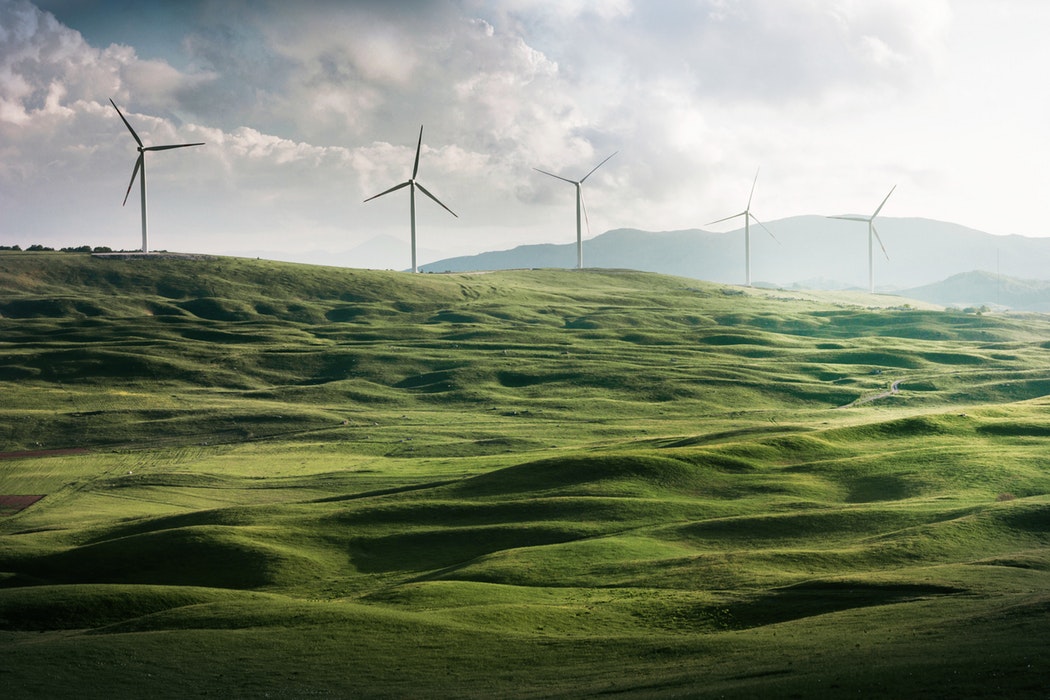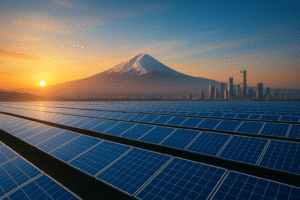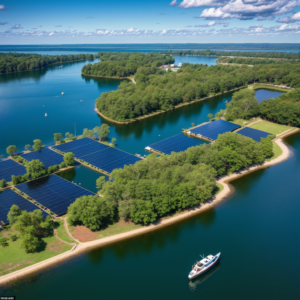Renewable Energy
Renewable energy is any sustainable energy source that comes from the natural environment. Most popular forms of renewable energy are: solar, wind, hydro energy, biomass and geothermal energy.
Renewable energy sources are maintained or replaced in a natural way, with equal intensity to the intensity of use. In contrast, it took millions of years to create fossil fuels, so the intensity of their use far exceeds the intensity of their recovery because they and their utilization are limited.
Solar energy can be converted into electricity using solar electric panels. This electrical energy can be used to power various electrical appliances. Solar energy can be turned into heat using solar thermal panels. This heat can be used to heating water or air for residential, commercial and industrial applications.
Wind and running water can also be used to produce electricity.
Trees provide firewood and material for construction, while seed such as corn and wheat can be fermented into ethanol and used as fuel for cars.
Global environmental pollution, wastage of scarce resources of land and economic aspects are major factors for the application and development of renewable energy sources. Although renewable energies are not yet able to replace existing energy resources, can assist in the production of electricity and thermal energy and increase diversity of energy sources for energy supply.
To describe the various forms of renewable energy we use following expressions:
Active solar energy – the sun can be used directly for heating water, space and electricity for homes and industry.
Energy from biomass – energy of the sun is stored in organic materials such as wood, seeds, peat, etc.. Wooden table and peat are burned to produce heat. Seeds can be fermented into ethanol and used as liquid fuel.
Geothermal energy – heat from Earth’s core can be used for production of electricity and direct heating and cooling of residential and commercial buildings.
Passive solar energy – passive use of solar energy is an integral part of the design of energy efficient buildings and facilities or the installation of the facility and its windows to conserve heat in the walls and floors.
Small hydro power plants – Small hydro power plants generate electricity using the fall of water, and their capacity ranges up to 20 megawatts.
Energy of waves or tide– the energy from the movement of waves and tide / ebb, especially in shallow waters, can be used to produce electricity.
Wind energy – Wind energy can be used with wind turbines for electricity production or direct mechanical energy.
Sun is the main source of most of the energy we use on our planet. Solar energy is the energy source that uses radiation emitted by the sun. It is a renewable energy source for centuries been used in many traditional technologies.
The recovery of only 0.001% of solar energy that reaches Earth’s surface, would satisfy our energy needs.
There are various direct applications of solar thermal energy, such as heating the water, space heating, drying of biomass and cooking with solar energy.
The most common application of solar thermal technology is for heating water for domestic use. On global level, there are application to hundreds of thousands of systems to heat water for households, especially in regions where there is intense solar radiation.
Due to continuous increase in oil prices, this technology attracts attention as a measure of the saving energy, both for households and for commercial purposes for heating the water.










